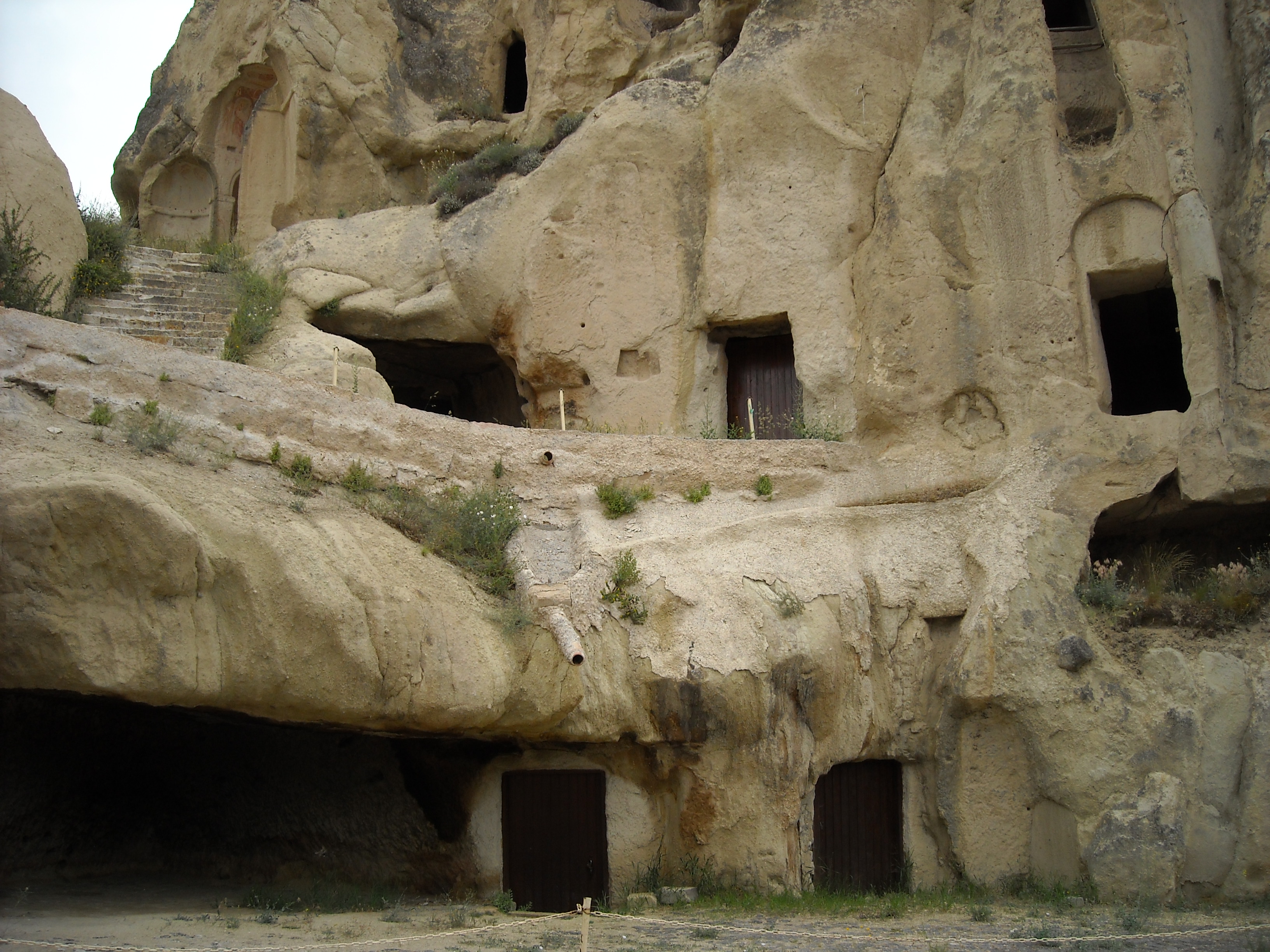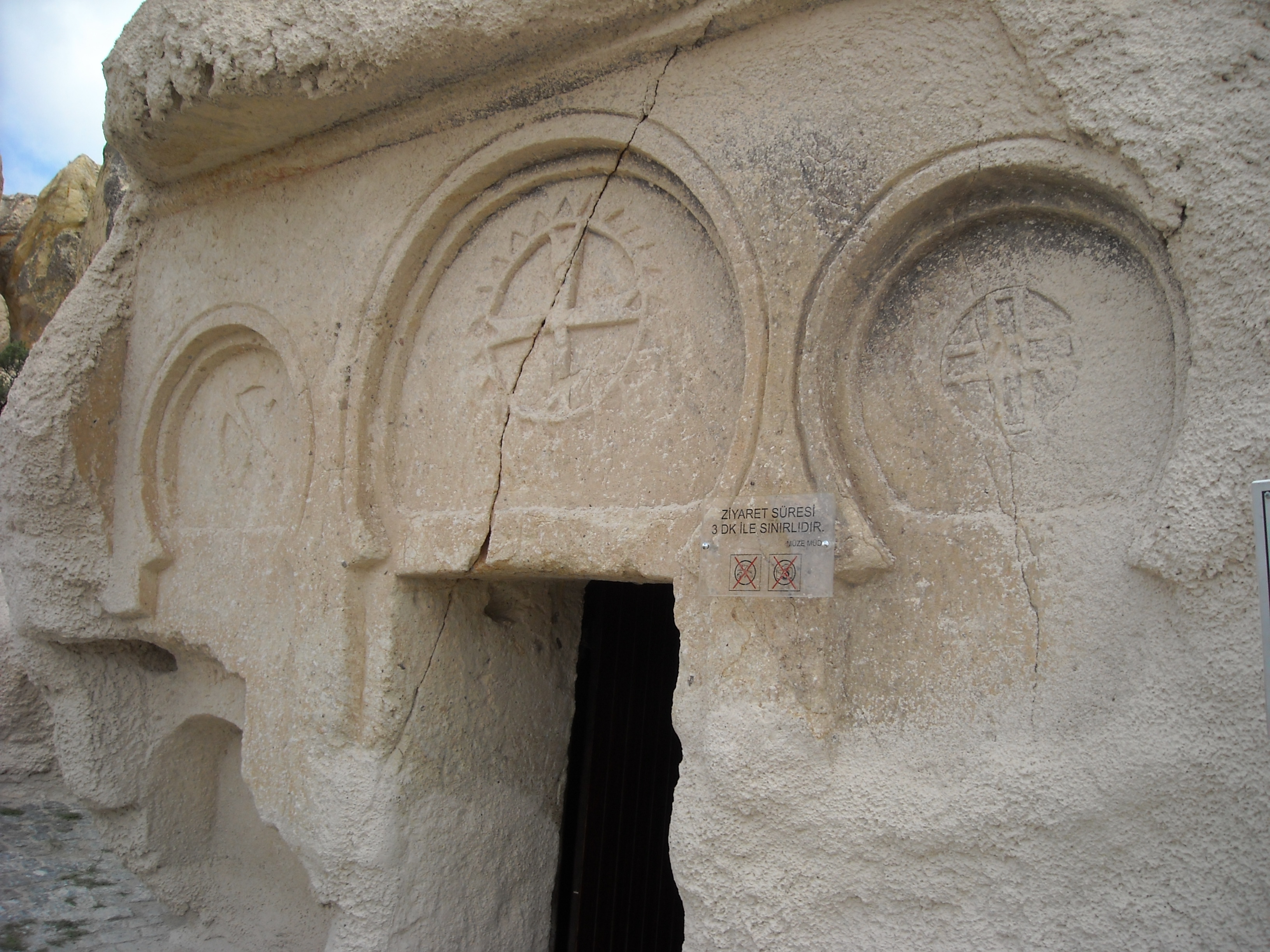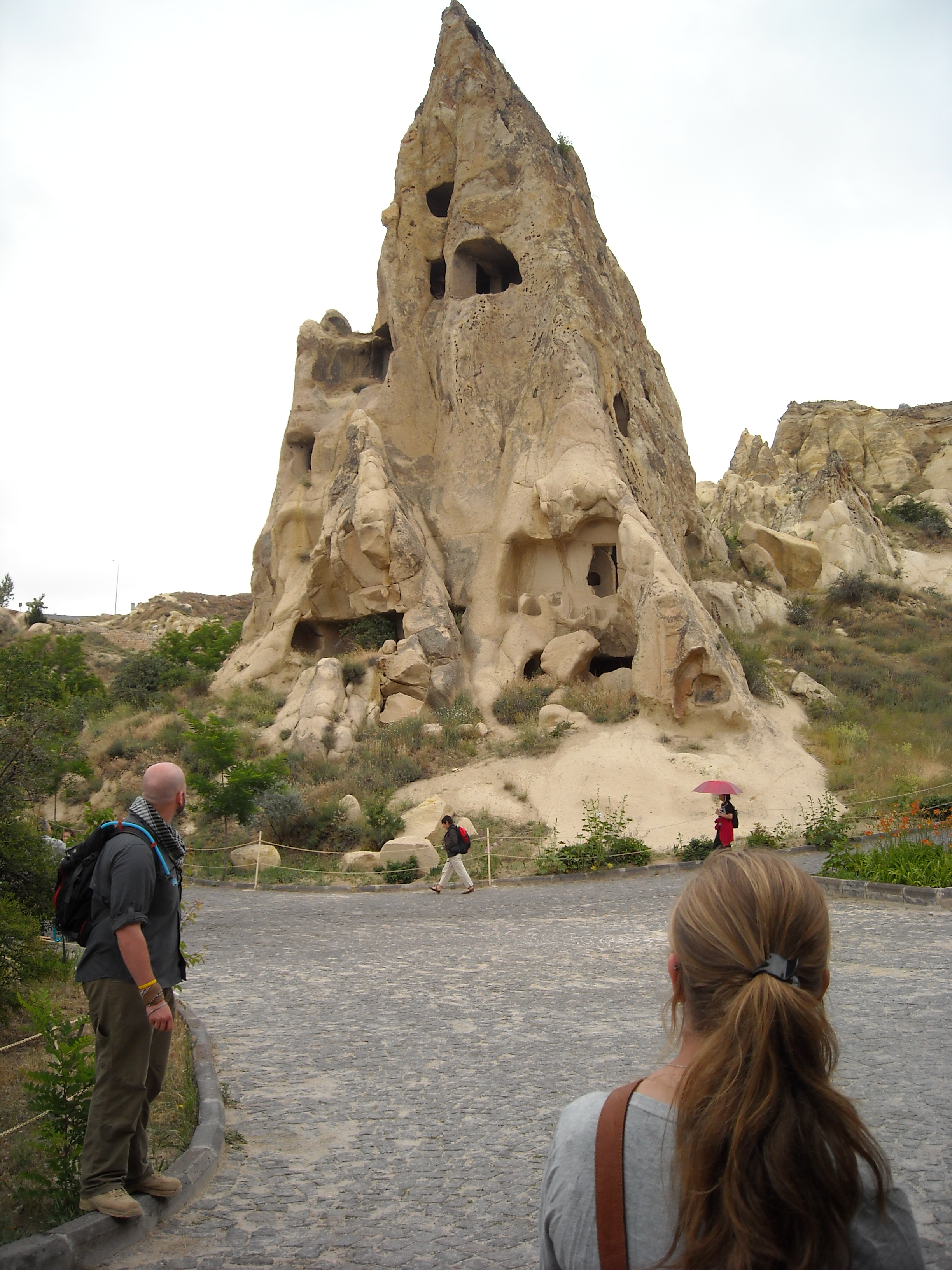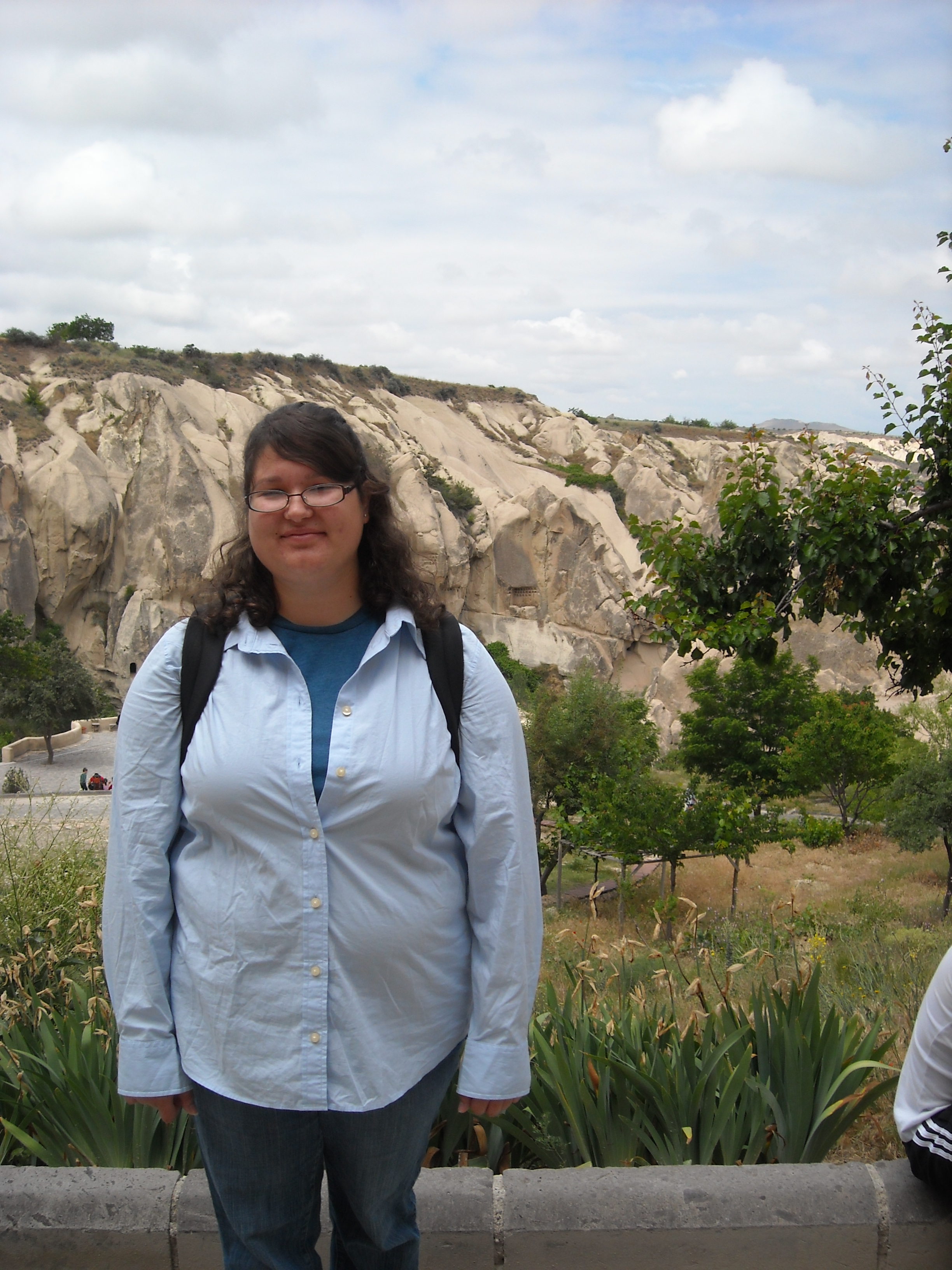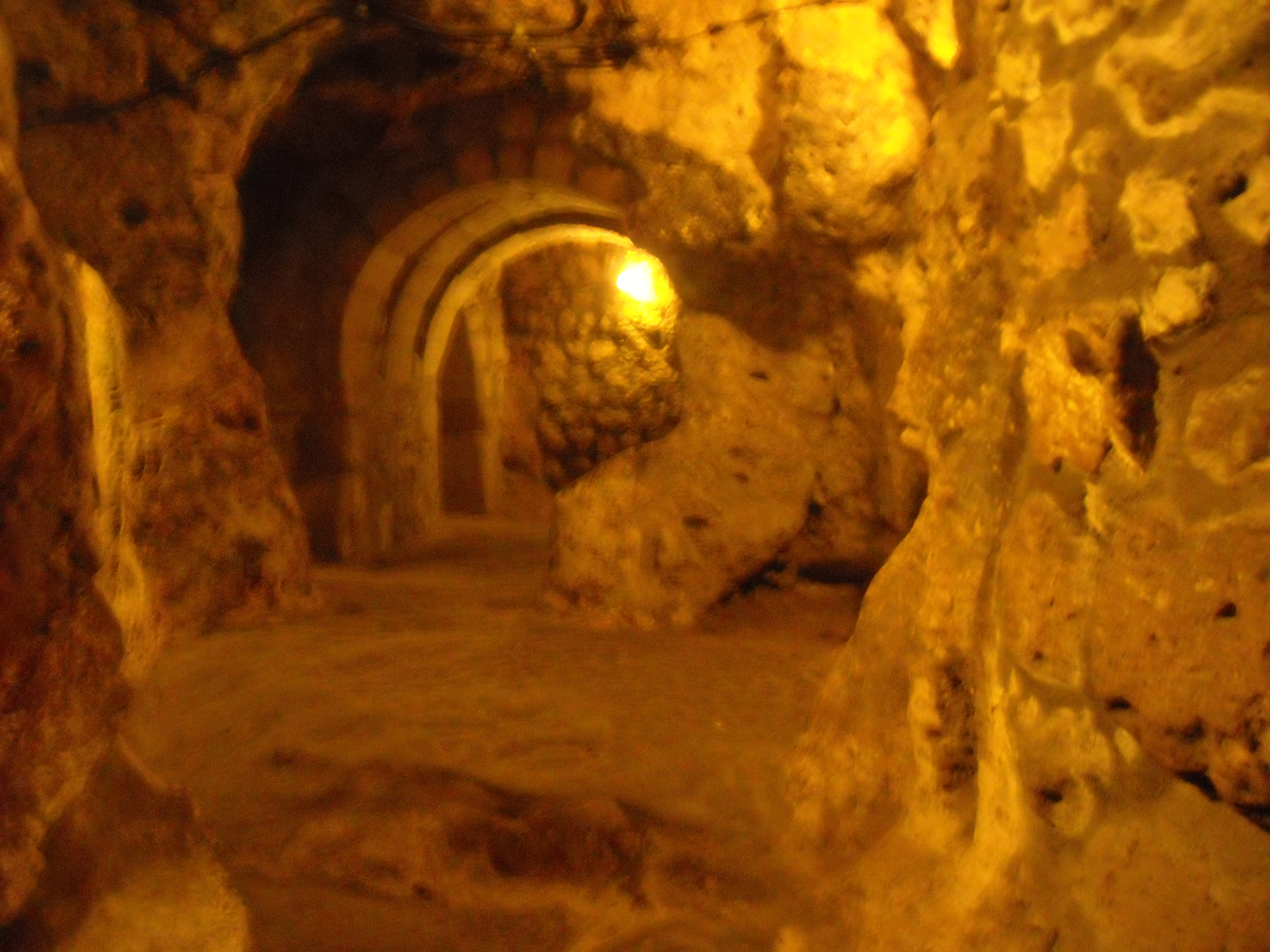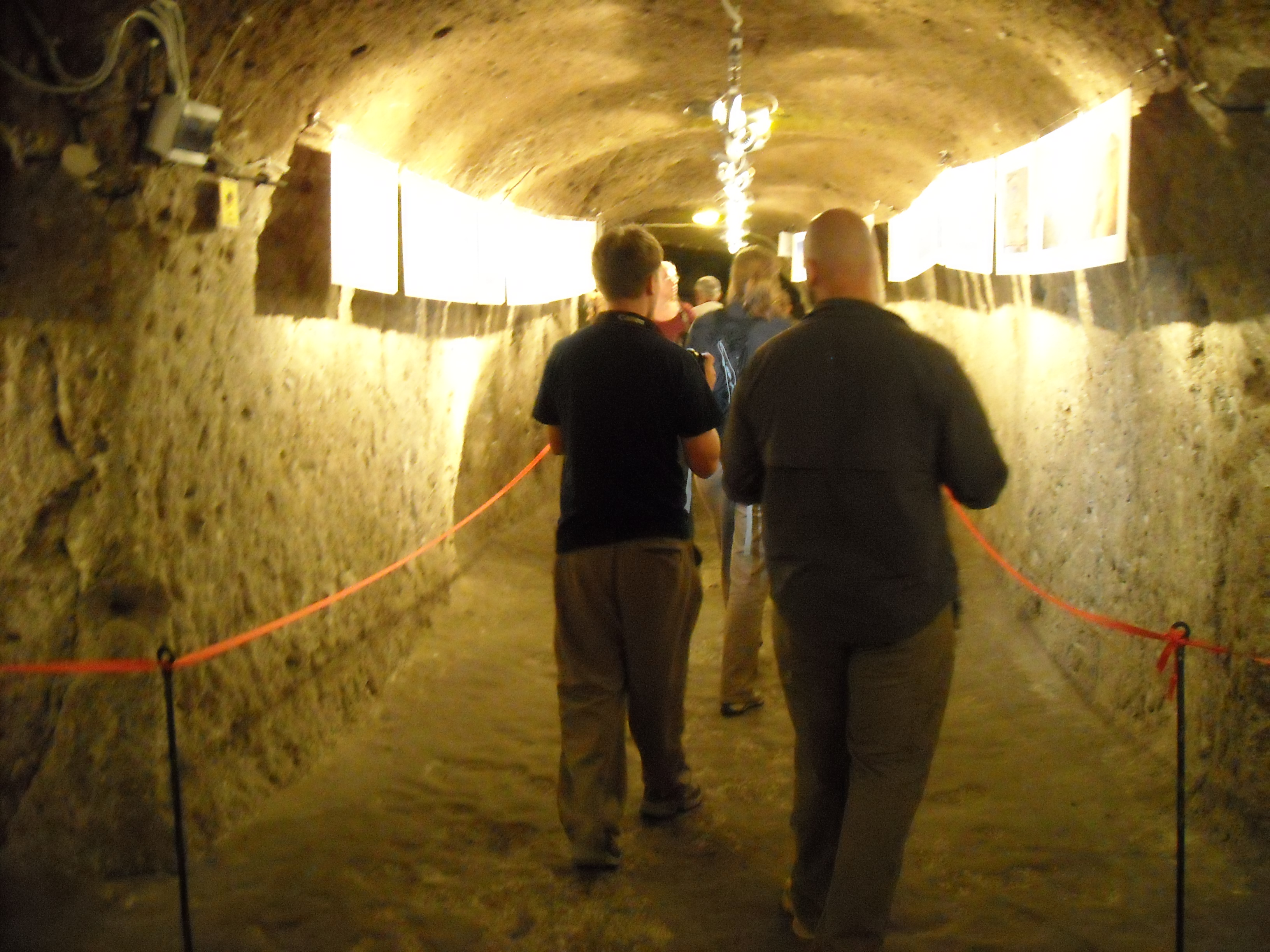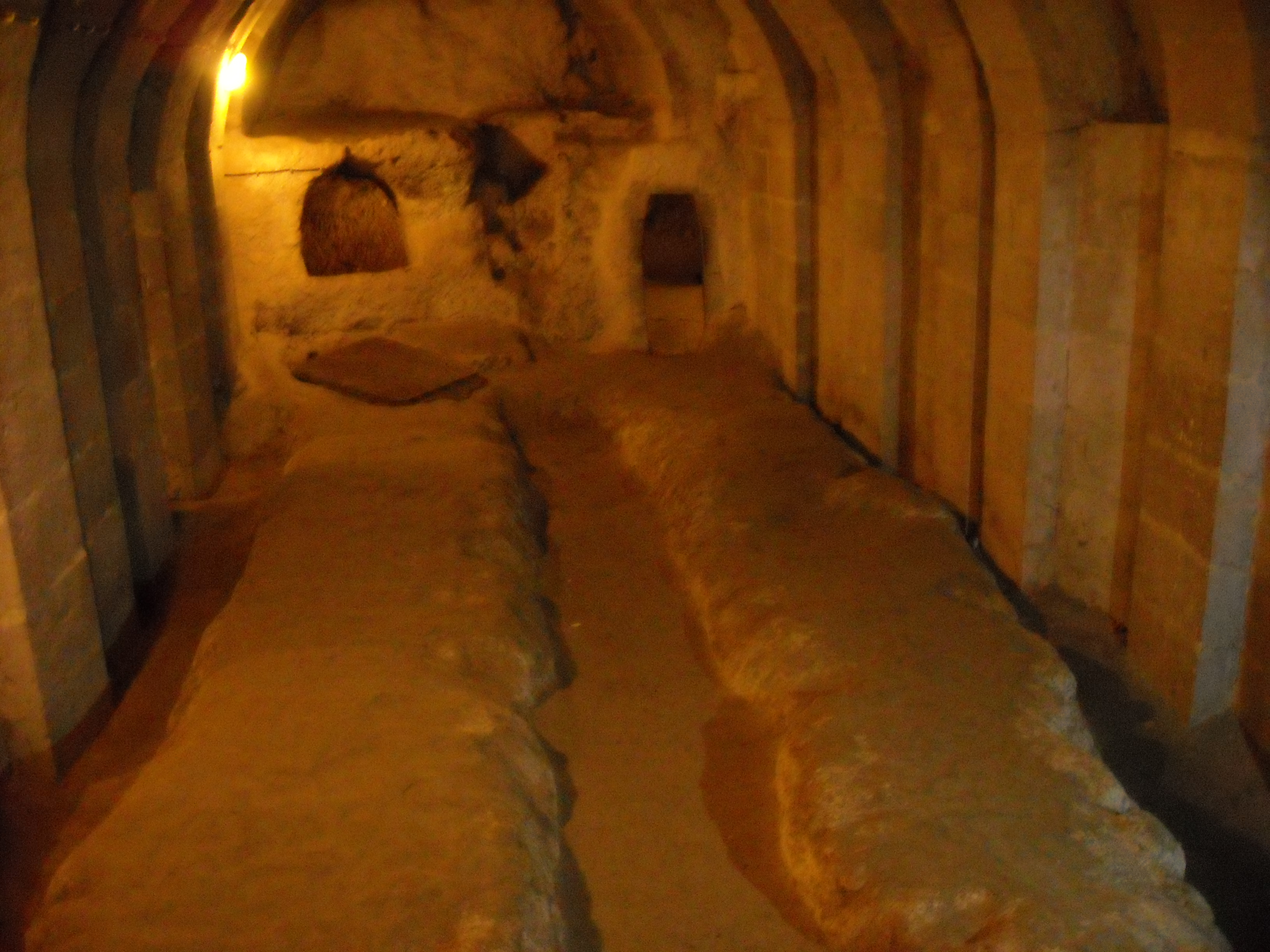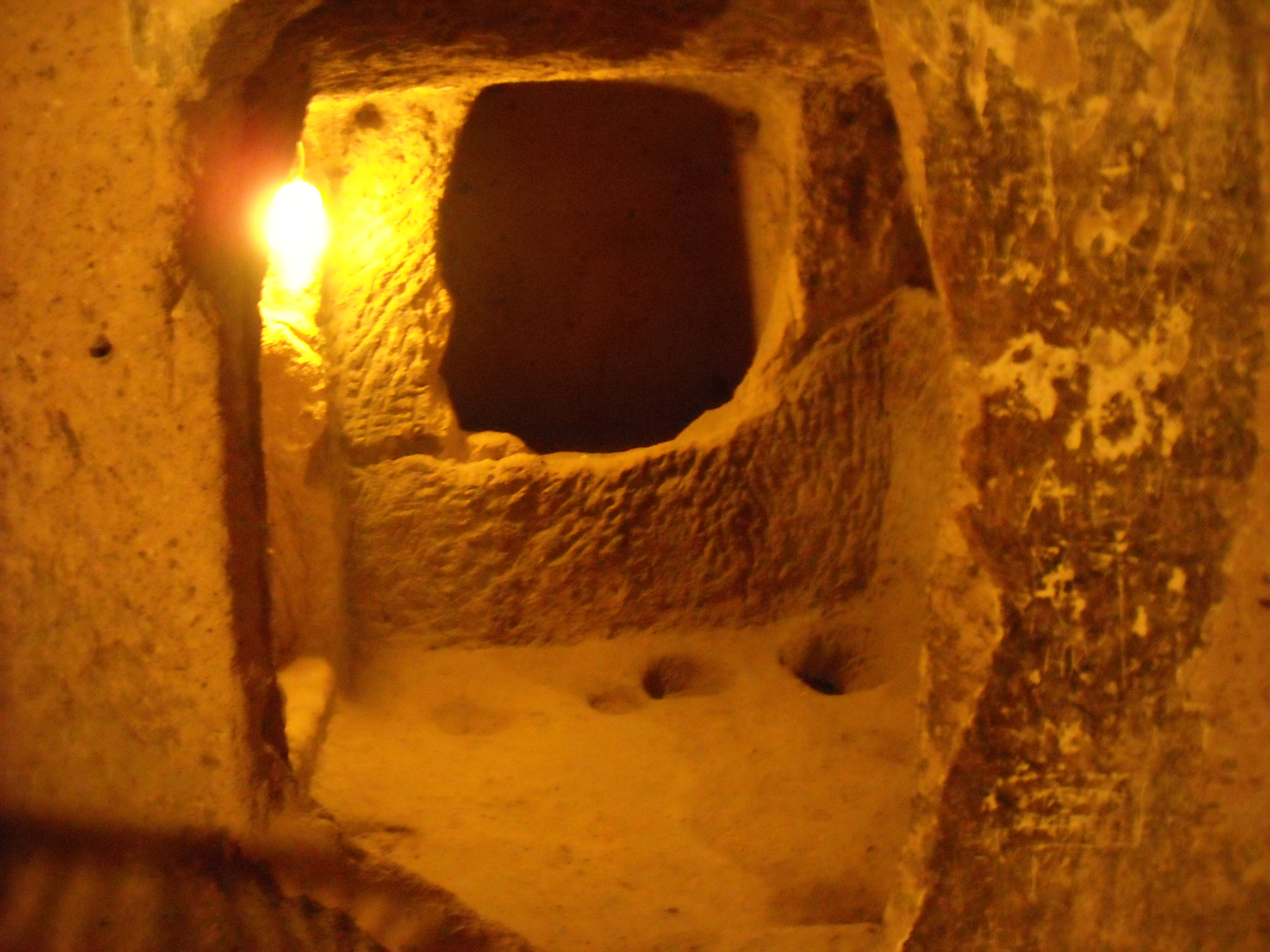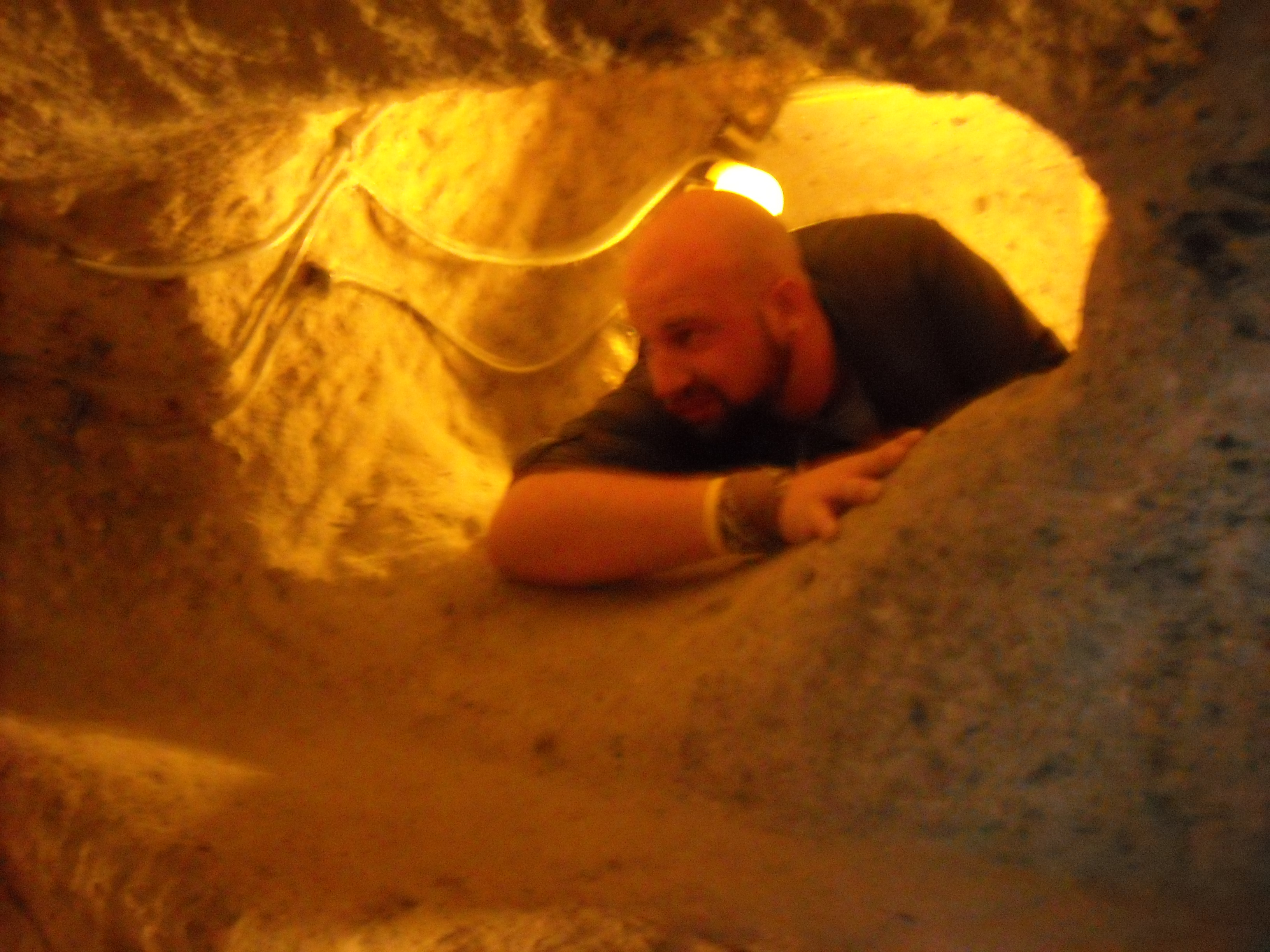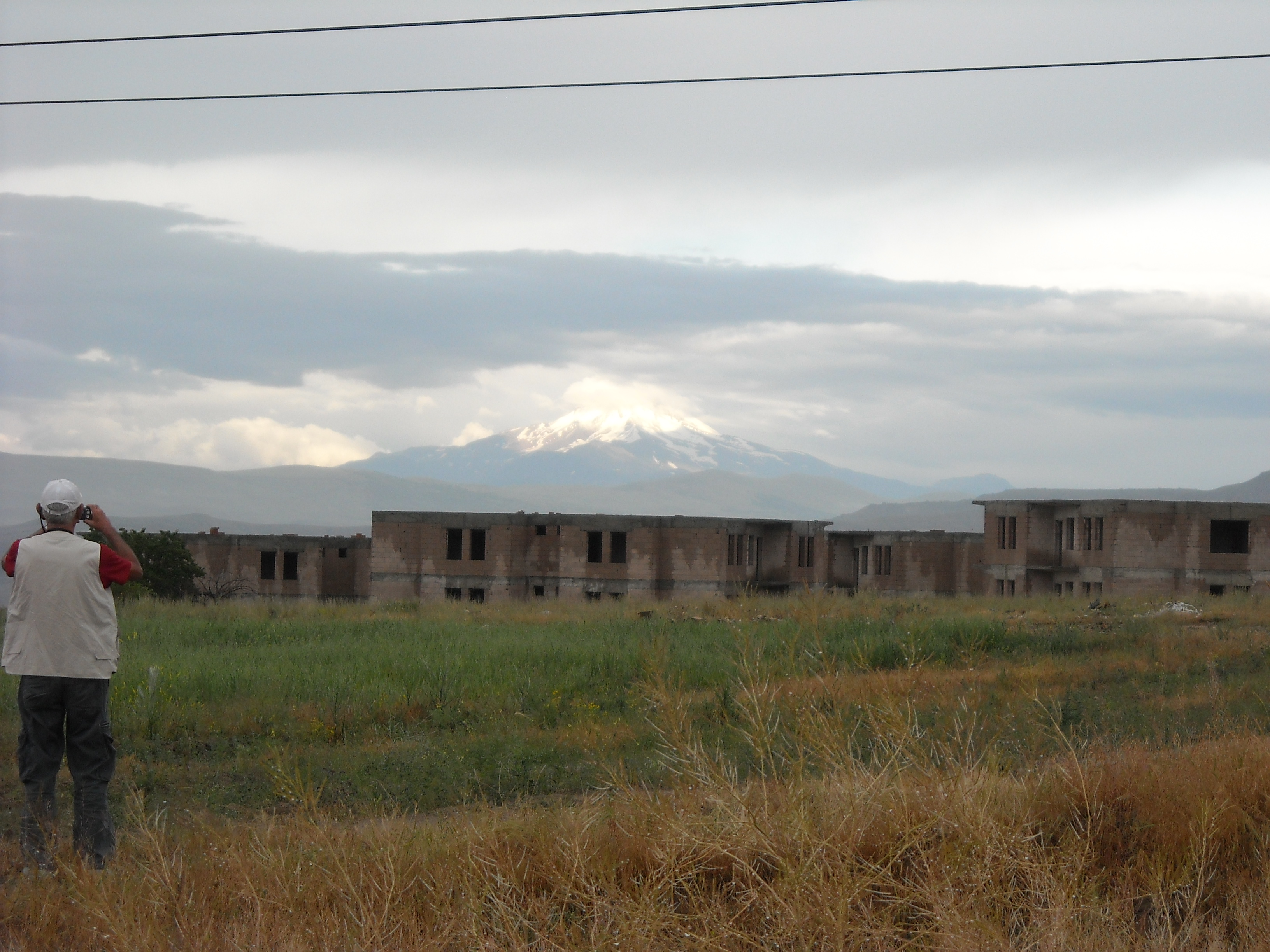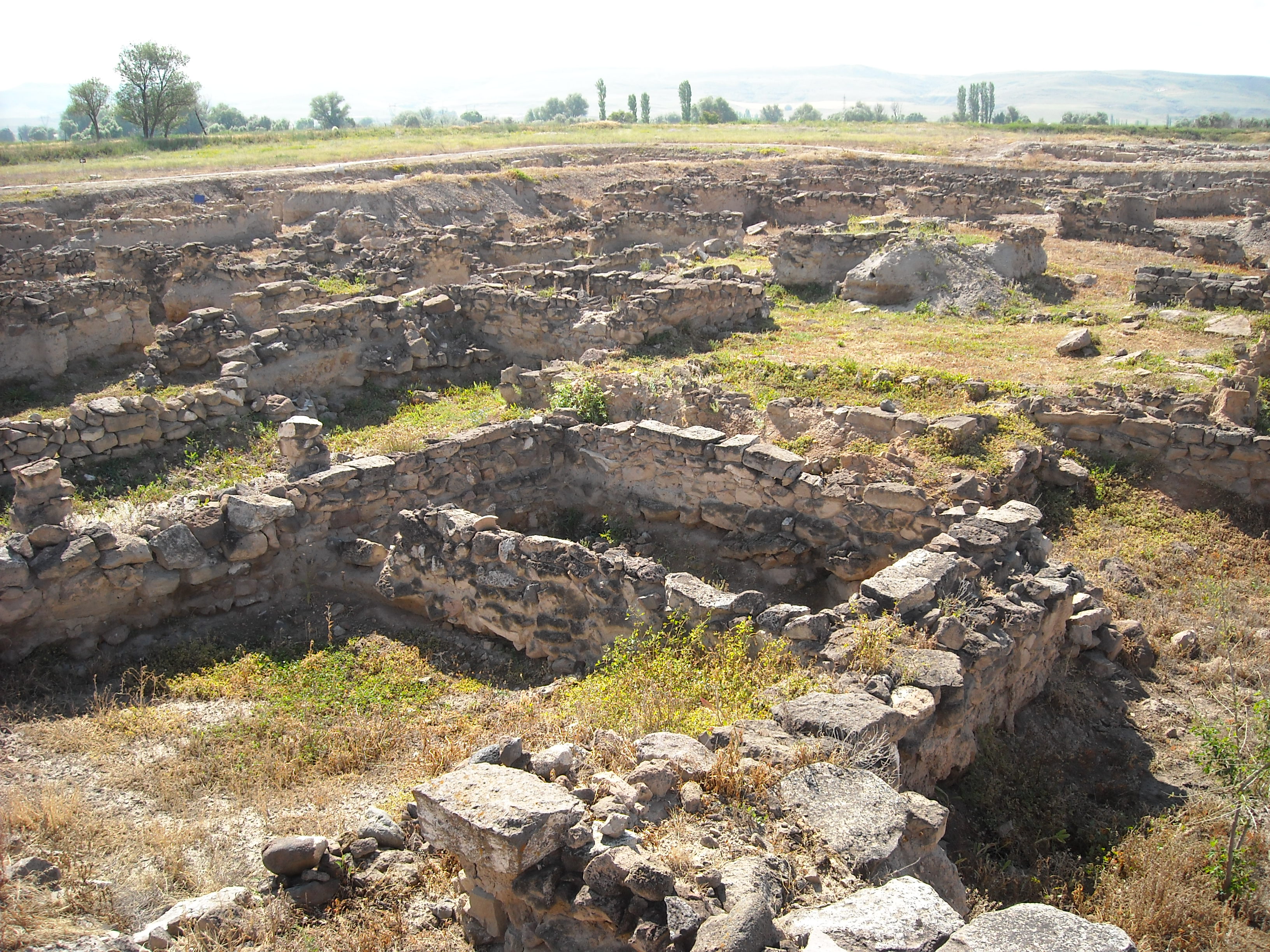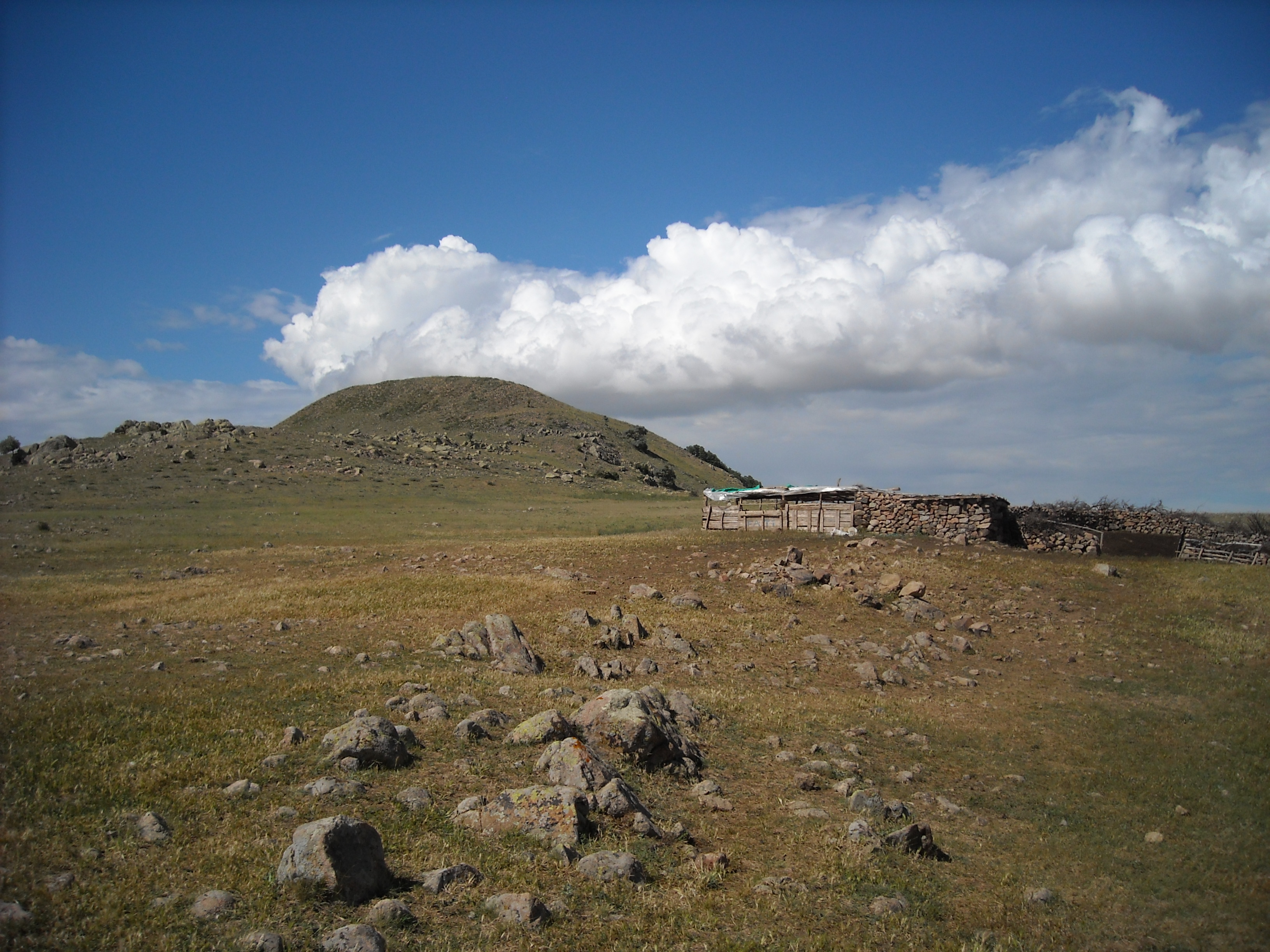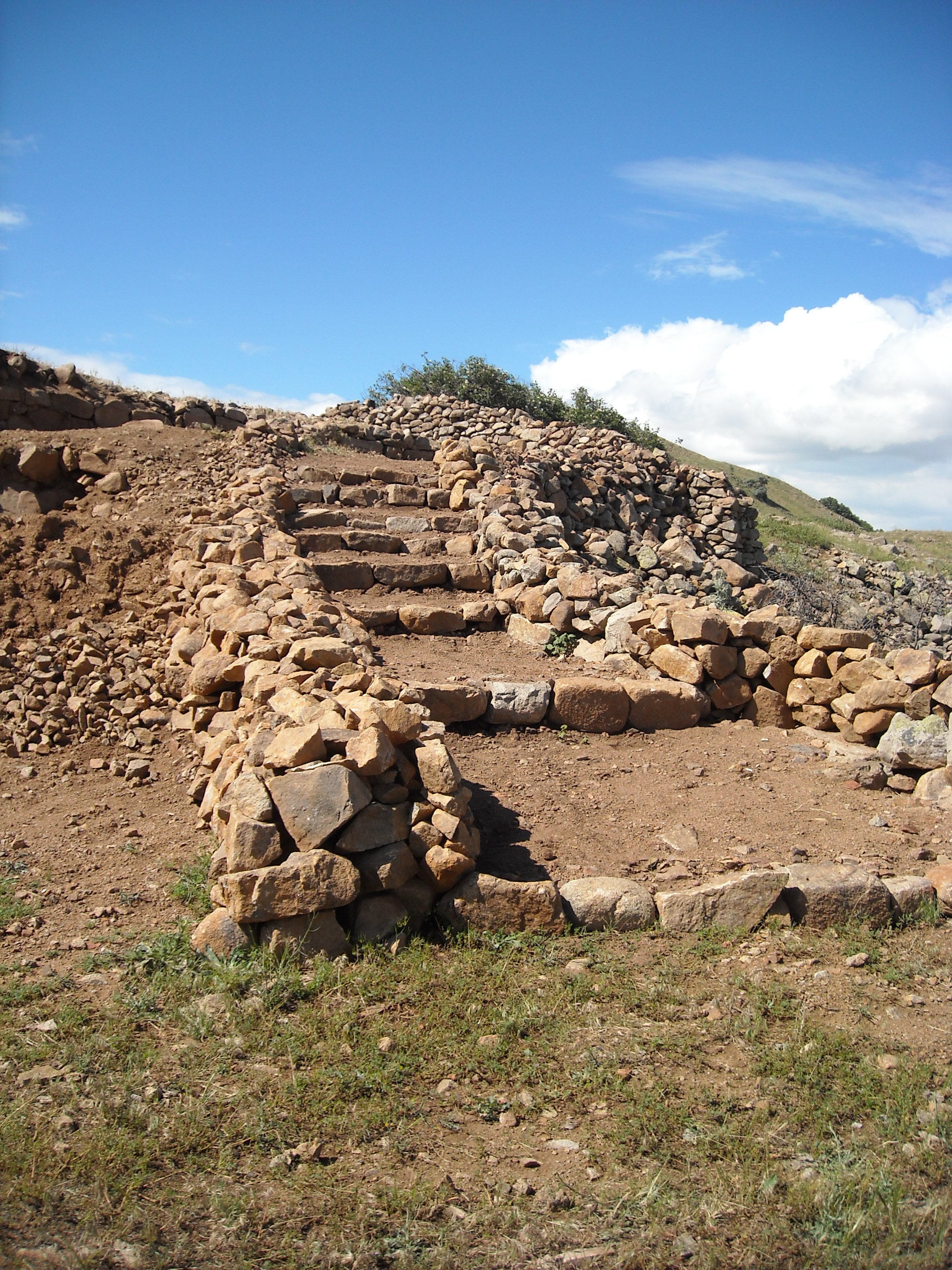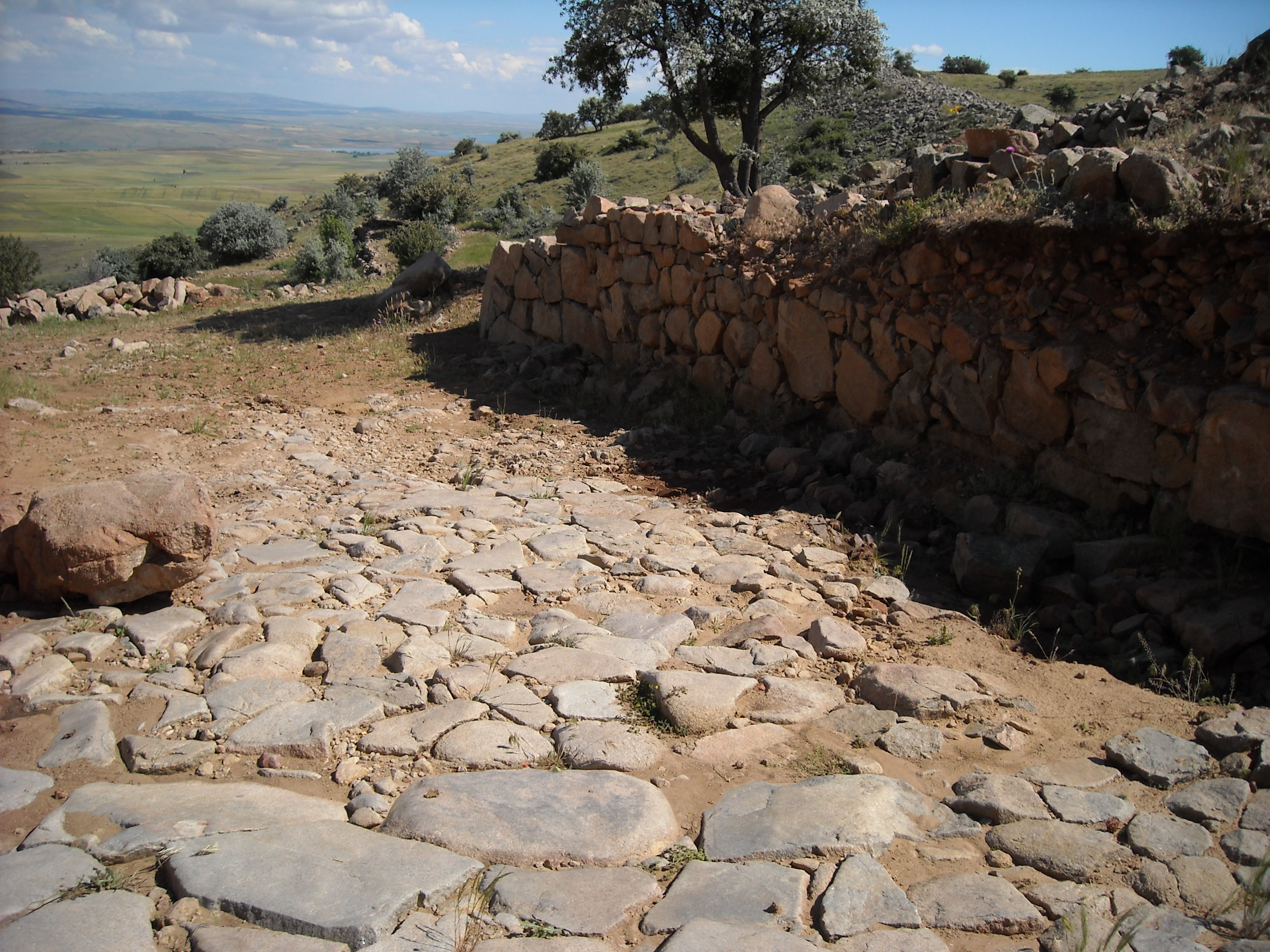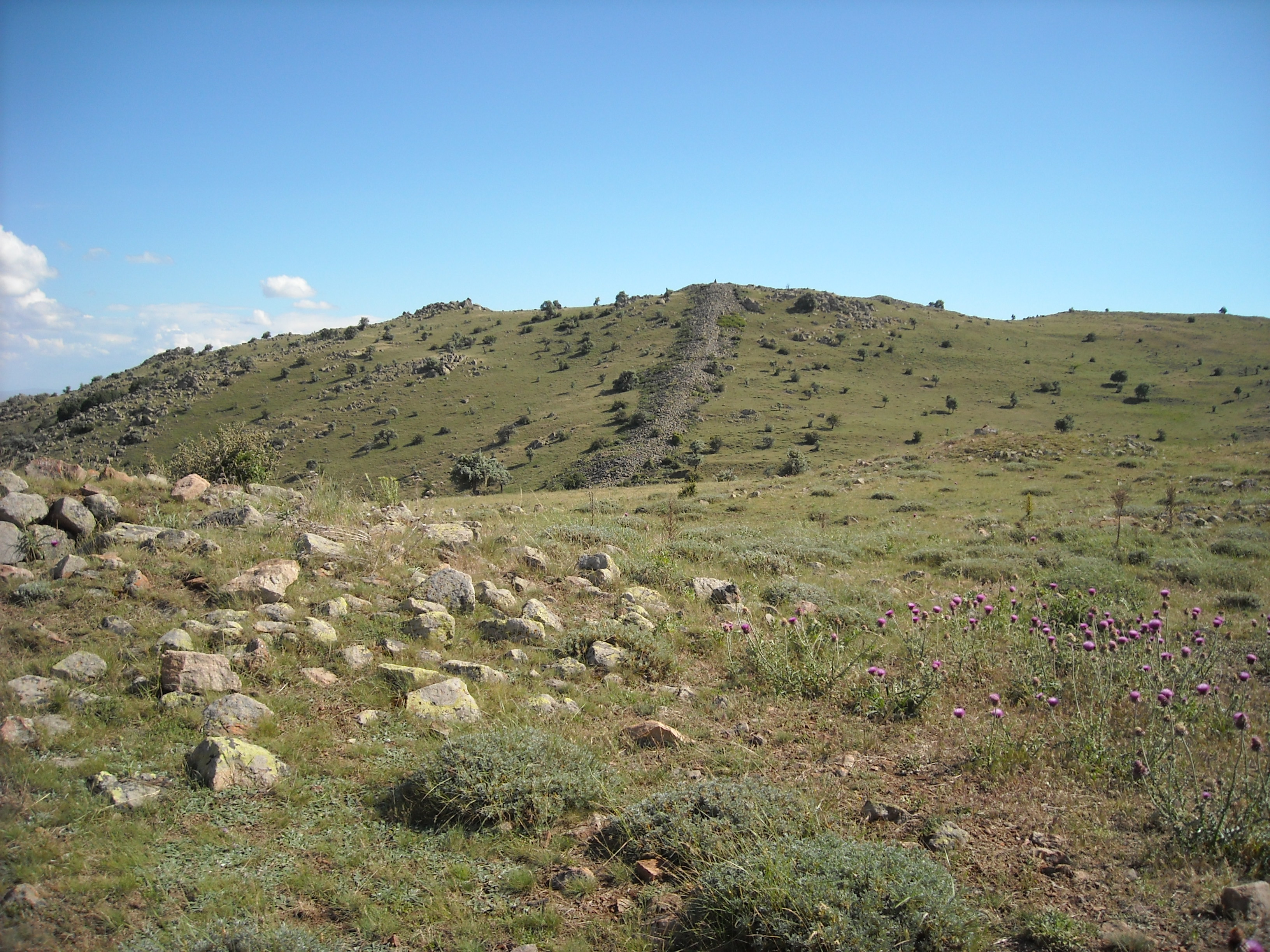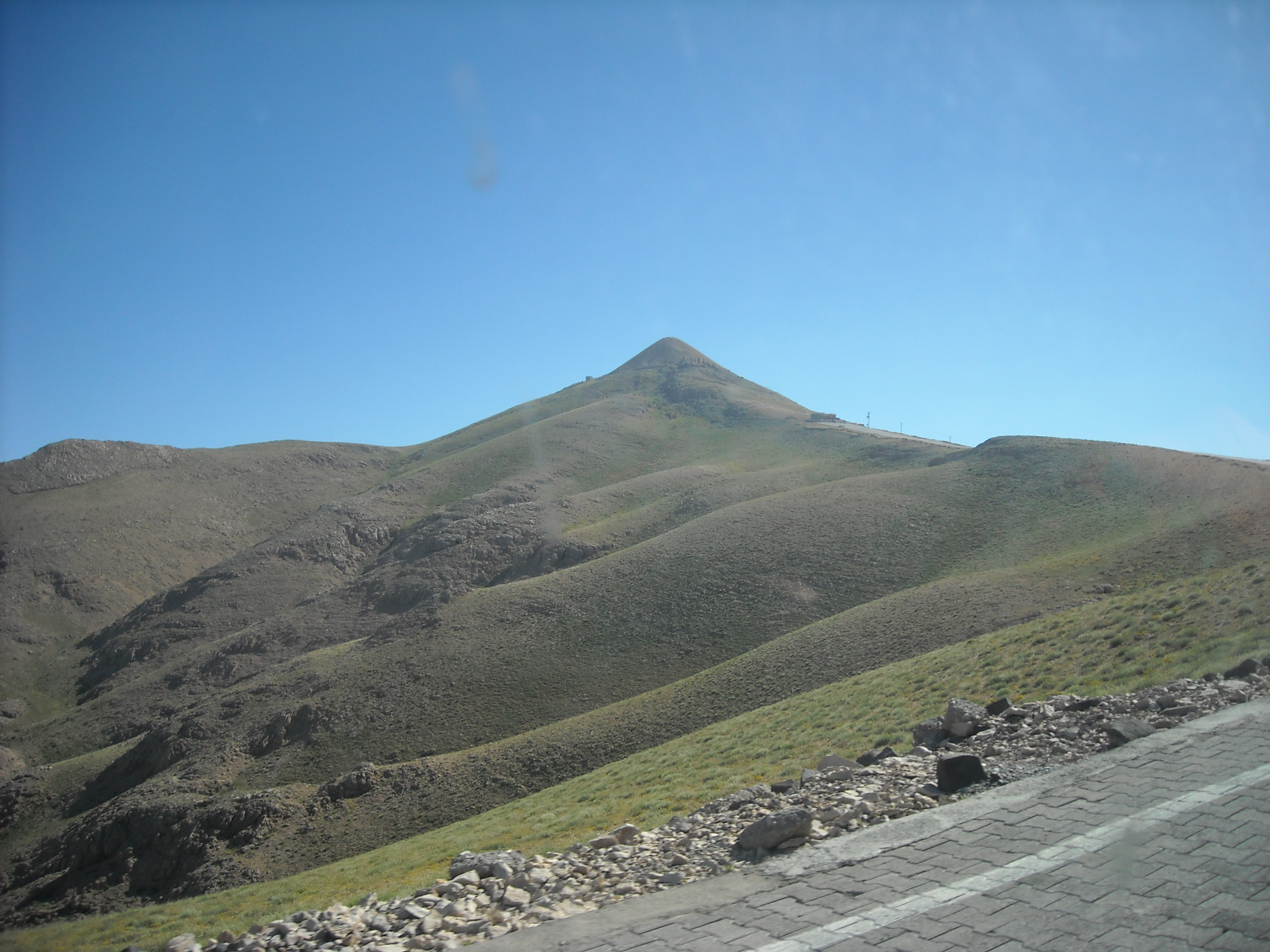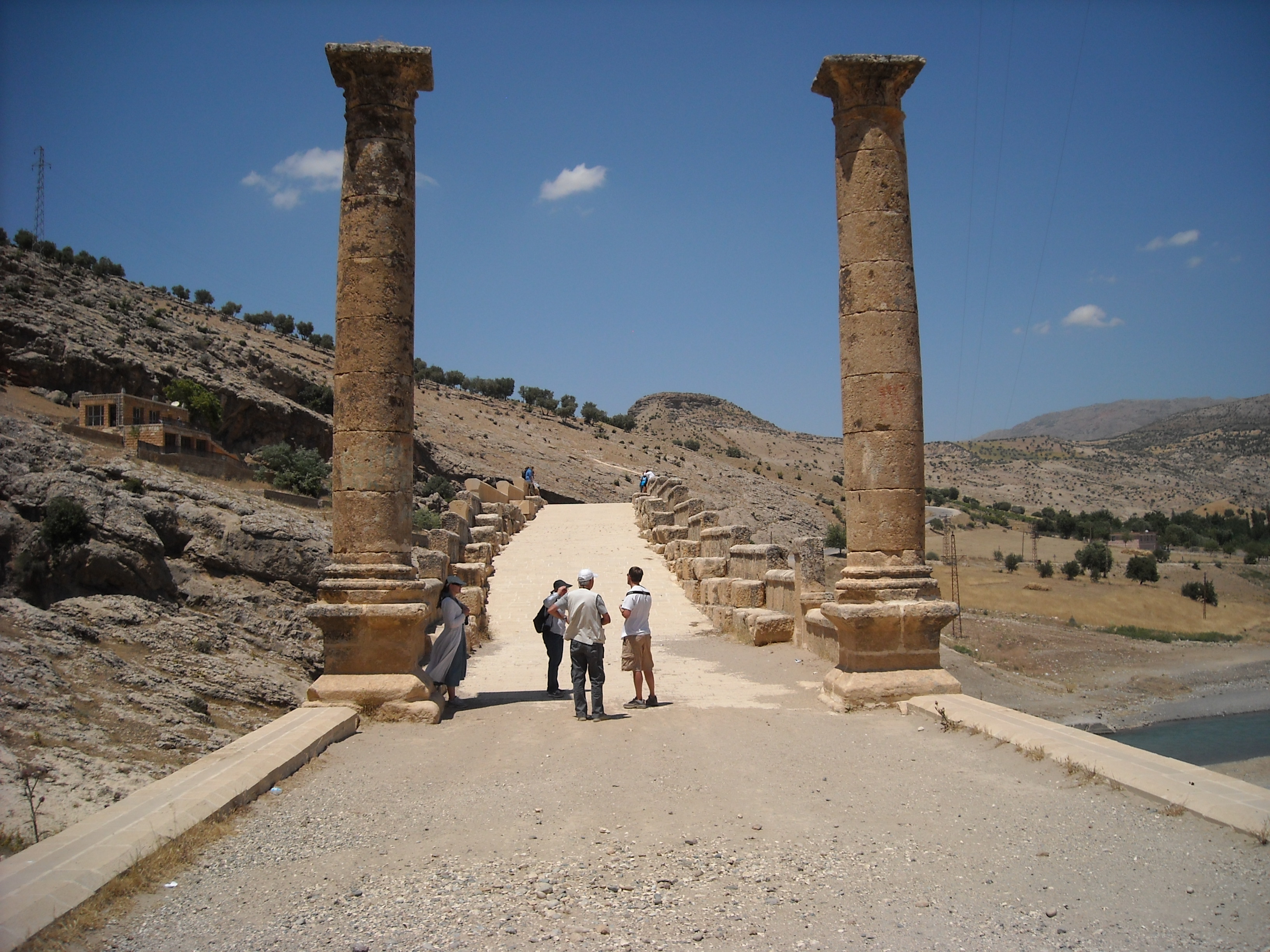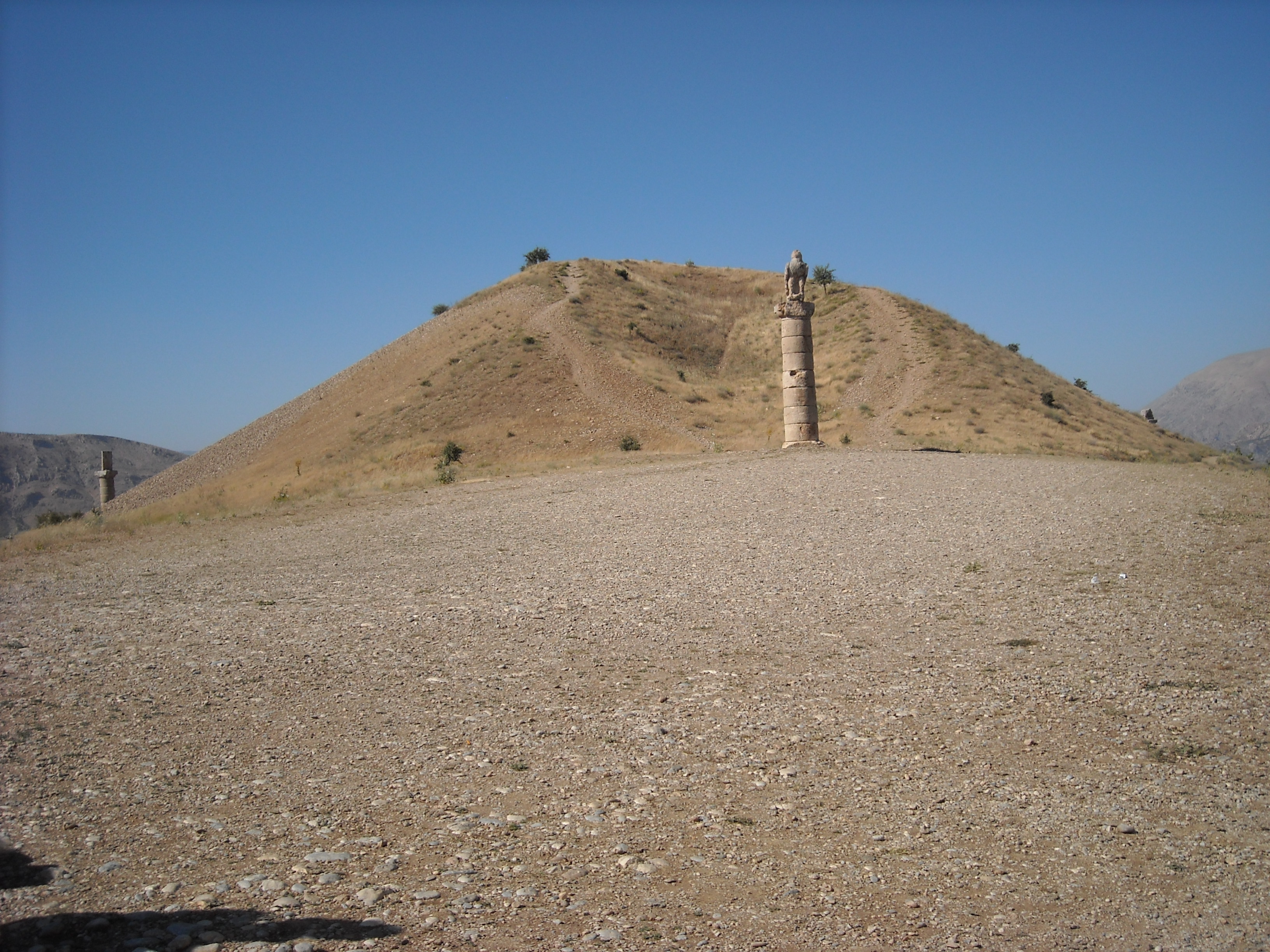I came home from Turkey a few days ago. Our last three days we had spend working on our final papers and projects so the last three days seemed to go by really fast. There was not much time to do anything but work on the projects and hope that you finished in time. To get home I had to wake up in Turkey around 2:30 am, and get all my stuff downstairs and to the gate of the convent. Three other girls were coming with me on the flight from Hatay to Istanbul, so we had to say goodbye to the others the night before. One of the guys came down to help us get our stuff out and to lock the door behind us. It was actually really sad to say goodbye to my group members. After spending a month together with no real distance, I had gotten used to seeing them everyday. It was weird when I first got home and I was alone for the first time in a while. At the gate, the five of us climbed into a van which took us from Iskenderun to Hatay, where we caught our flight. This flight was delayed about an hour, and we had some difficulty checking in for the flight and making sure our baggage was switched from one flight to the next. After take off, the flight went smoothly, and we arrived in Istanbul where we went from the domestic to the international terminal. After checking in, we were able to get some food together for the last time. Two of our group members were getting on different flights, and we had to say goodbye again so that the three of us could walk to our gate. The flight to JFK from Istanbul was not a bad flight. It took about ten hours, and I sat between two nice people (one was a old Turkish man and the other was a young Turkish boy, and neither spoke English, so I didn’t talk to them). When we got to JFK, we had to go through passport control and claims, but it took a lot less time than I thought it would. After getting my bags, the three of us walked to the exit, where we said goodbye and I joined my family (my sister had come to pick me up with my two nephews). I thought originally that this would be the worst of my travel, but I did not think about the ride home from JFK. I had to sit in a car for about five hours while we drove from New York to Pennsylvania. After sitting for so long, my legs did not feel so great. By the time I had gotten home I had been traveling for over twenty-four hours. Even now I am still tired, and slightly sore.
It feels different to be back in the United States. The first major difference to me is that I can speak the language. In Turkey it was difficult, because I only know a few Turkish words and I can not say any full sentence. Here I am able to order the food I want without having to point to the menu and nod. The other major thing is that people stand a lot further away from each other in the US. Just walking in public is very different. There is much more personal space allowed in the US. I think overall I am going to miss Turkey. The day I left, I really was not ready to go, and I had wished I was able to stay longer. I had a really fun trip, and I hope I will be able to do it again some day.
Location: 58 Buck Rd. Dover, PA 17315, USA


